High-throughput screening of beneficial insects
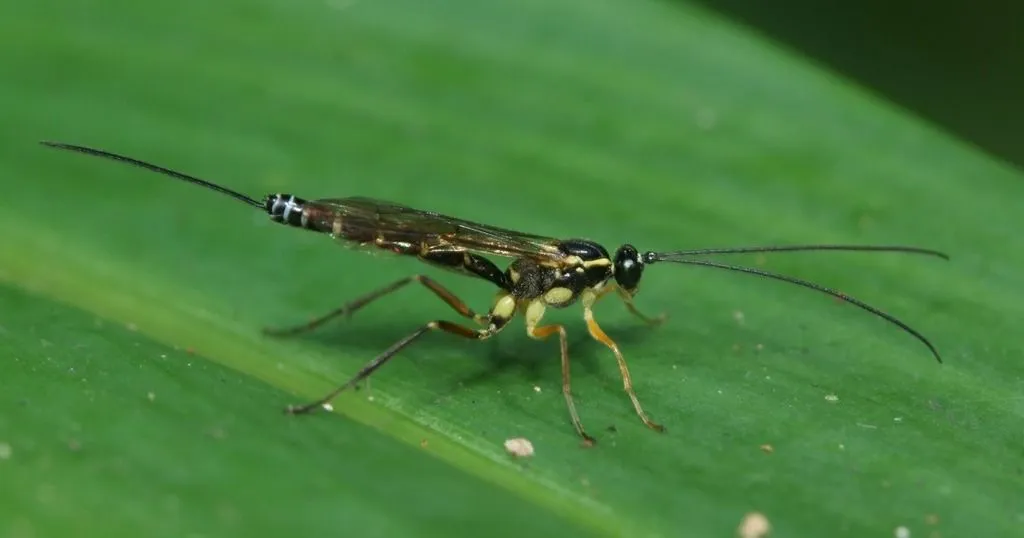
Jessica de Bruijn used EntoLab for automated high-throughput screening of parasitic wasps in individual olfactory 2-choice tests. Various behavioral parameters were measured to compute a memory retention index.
Posted by
Published on
Sun 20 Sep. 2020
Topics
| Insects |
Memory retention in parasitic wasps
Insects are important models to study learning and memory formation in both an ecological and neuroscience context due to their small size, behavioral flexibility and ecological diversity. Measuring memory retention is often done through simple time-consuming set-ups, producing only a single parameter for conditioned behavior. This calls for higher sample sizes with more individuals and parameters to measure olfactory memory retention more efficiently.
EntoLab fulfills this need. It offers automated high-throughput screening of wasps in up to 126 individual T-mazes, in a plexiglass stack of plates of 215x215 mm, where each individual wasp can choose between two artificial odors. Various behavioral parameters, relevant to memory retention, are acquired in this set-up: first choice, residence time, giving up time and zone entries. From these parameters a performance index is calculated as a measure of memory retention.
De Bruijn et al. (2018) used the EntoLab system with two very different parasitic wasp species: the larval parasitoid Cotesia glomerata and the pupal parasitoid Nasonia vitripennis. The system proved to be highly suitable for testing memory retention in both these species. Unlike other bioassays, the EntoLab system allows for both high-throughput assays and recording of detailed individual behavior.
The high-throughput individual T-mazes in EntoLab provide a standardized, labor-efficient and cost-effective method to test various kinds of behavior, offering excellent opportunities for comparative studies of various aspects of insect behavior.

www.bugsinspace.nl
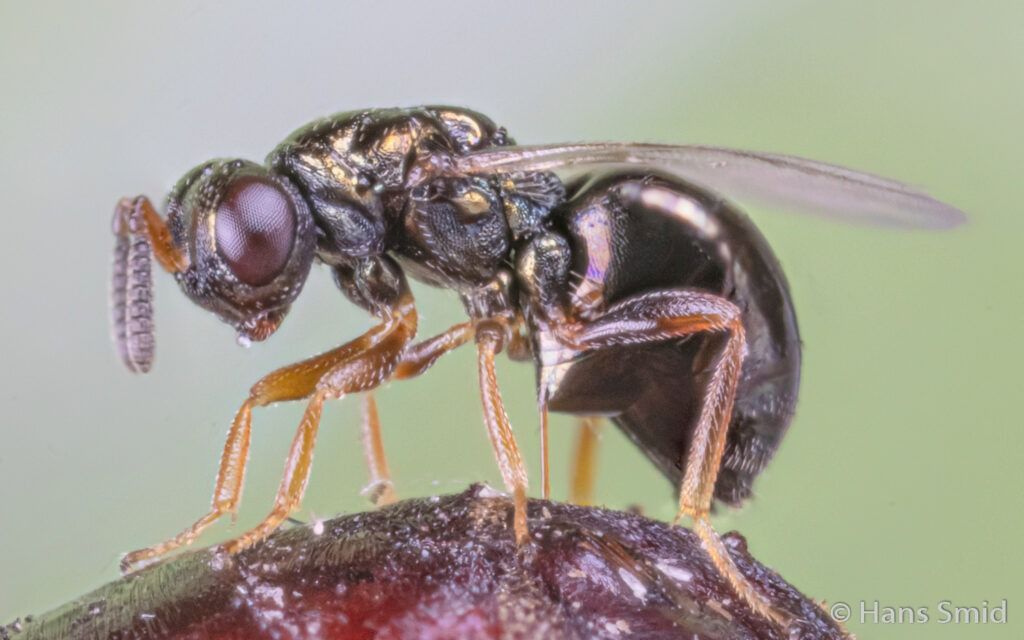
www.bugsinspace.nl
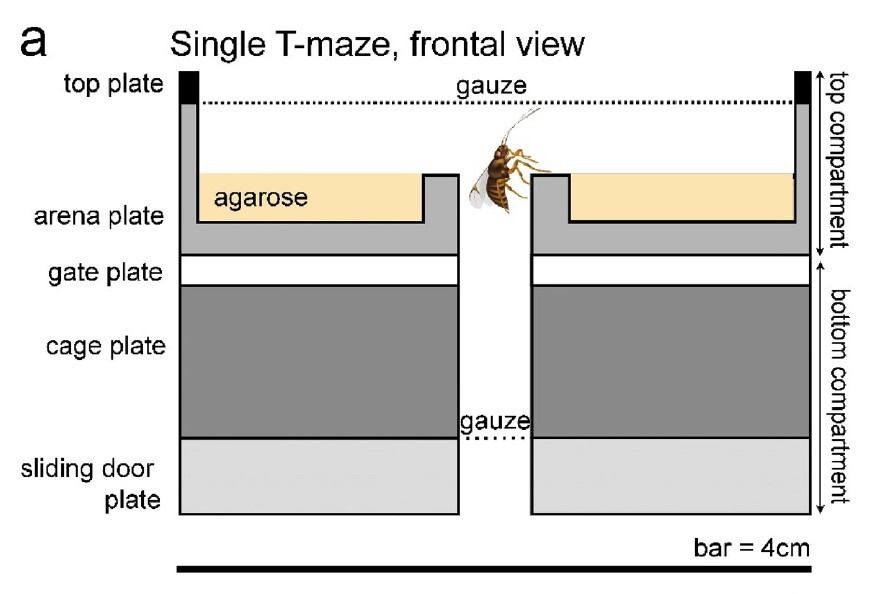
Cross section of the T-maze set up of De Bruijn (2018). This single T-maze consists of multiple layers of plexiglass plates. The bottom compartment consists of a bottom sliding door plate, which allows insertion of insects, and the cage plate. Above the bottom compartment is the gate plate, which only opens at the start of the experiment. The top compartment consists of the arena plate with agarose zones and the top plate with gauze to allow gas exchange. The figure shows a cross section of a single T-maze, frontal view, out of a complete block of potentially 50 arenas. The bar is the lateral length of a single maze.
Reference
- De Bruijn, J.A.C. (2020). Information reliability shaping parasitoid foraging behaviour. PhD thesis, Wageningen University, 181 pp. https://edepot.wur.nl/506702
- De Bruijn, J.A.C.; Vet, L.E.M.; Jongsma, M.A.; Smid, H.M. (2018). Automated high-throughput individual tracking system for insect behavior: Applications on memory retention in parasitic wasps. Journal of Neuroscience Methods, 309: 208-217. http://dx.doi.org/10.1016/j.jneumeth.2018.09.012
Related Posts
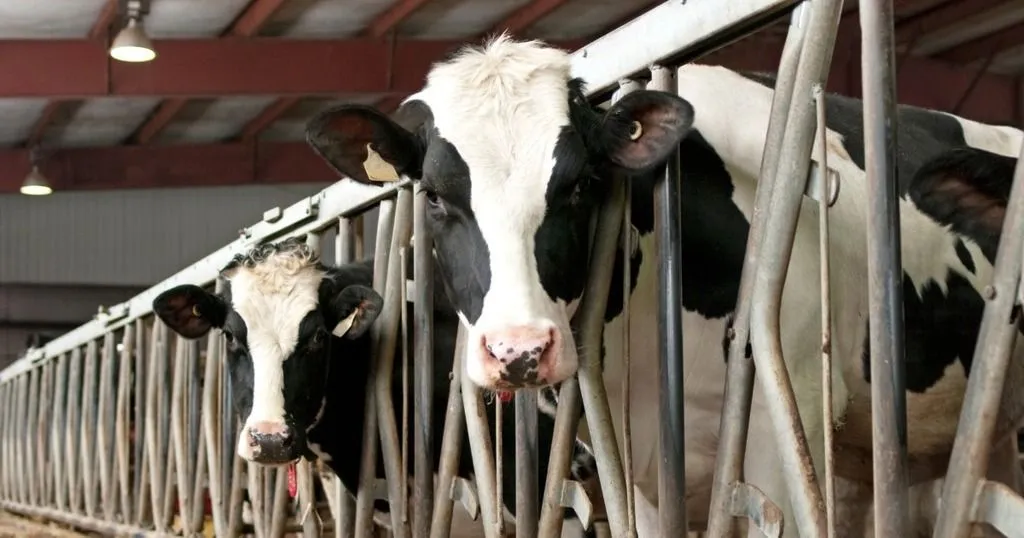
LIFESTART project
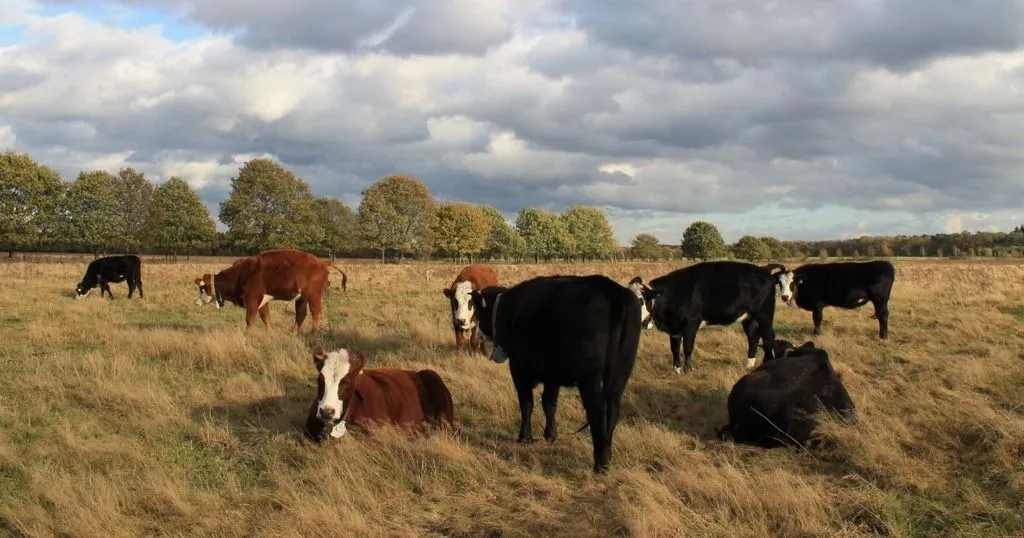
Standing cows
